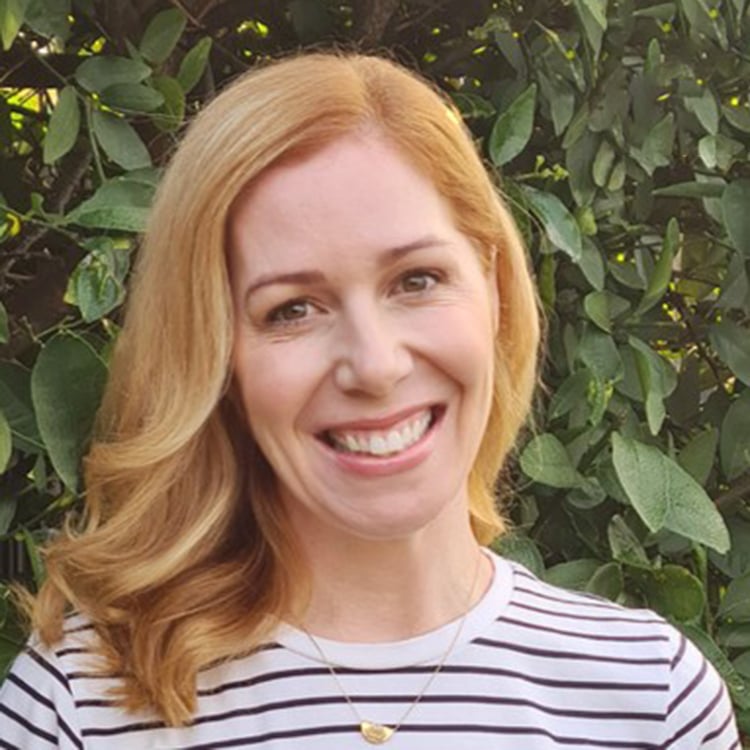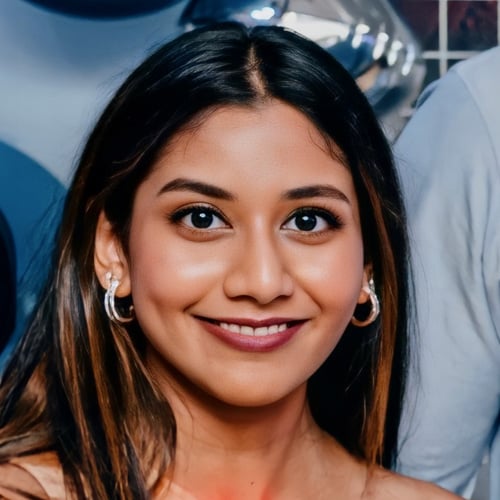Search
Facilitate the set up & day to day running of research projects in infectious diseases under the direction of research fellows
A new position for a skilled and motivated professional to build and progress a comprehensive, multifaceted high volume community fundraising program.
With the support of the Hector family, The Kids Research Institute Australia has established the Peter and Anne Hector Award to support an exceptional new student (Honours, Masters, Doctor of Medicine) undertaking translational research in Aboriginal children’s health and wellbeing.
Explore the training and resources offered by The Kids.






